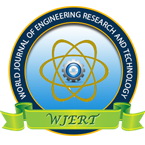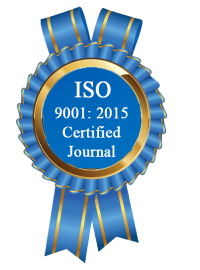| All | Since 2020 | |
| Citation | 172 | 110 |
| h-index | 7 | 5 |
| i10-index | 1 | 0 |
WJERT Citation 
Login
News & Updation
Abstract
INTERNAL FLOW FIELD ANALYSIS IN A LOW SPECIFIC-SPEED PUMP AS TURBINE
Zhi-Yang Zhao*, Meng-Xi Hu, Shu-Xian Shi, Shen Chen, Ke-Xin Xie, Qi-Kai Gong
ABSTRACT
Aiming at the problems of low efficiency and poor stability when low specific speed pump operates as turbine, the computational fluid dynamics software Fluent is applied, and the RNG k-ε turbulence model is adopted. With liquid water as the working medium, numerical calculations of internal flow are carried out for each structure of the low specific speed centrifugal pump in turbine mode, including the inlet section, volute, impeller and outlet section. The pressure and velocity cloud diagrams of each structure of the centrifugal pump and the external characteristics of the centrifugal pump are compared and analyzed under three different flow rate conditions. The research results show that when the fluid flows through each component, the pressure and velocity show regular changes: in terms of pressure, the inlet pressure of the turbine is thelargest, and the pressure gradually decreases after the fluid enters the impeller through the volute. When the working condition is improved, the pressure of the inlet section, volute and impeller rises synchronously, which can improve the pump efficiency and suppress cavitation; in terms of velocity, the fluid flow velocity in the inlet and outlet pipes of the centrifugal pump is not high. After the fluid enters the volute, the flow velocity at the impeller edge gradually increases and forms a gradient, and the flow velocity near the water outlet section drops to the lowest. When the working condition is improved, the flow velocity of the water inlet section, volute and impeller increases significantly. Appropriately increasing the flow rate can enhance the flow stability of the impeller to meet the actual use requirements, thereby improving the performance and reliability of the centrifugal pump.
[Full Text Article] [Download Certificate]
